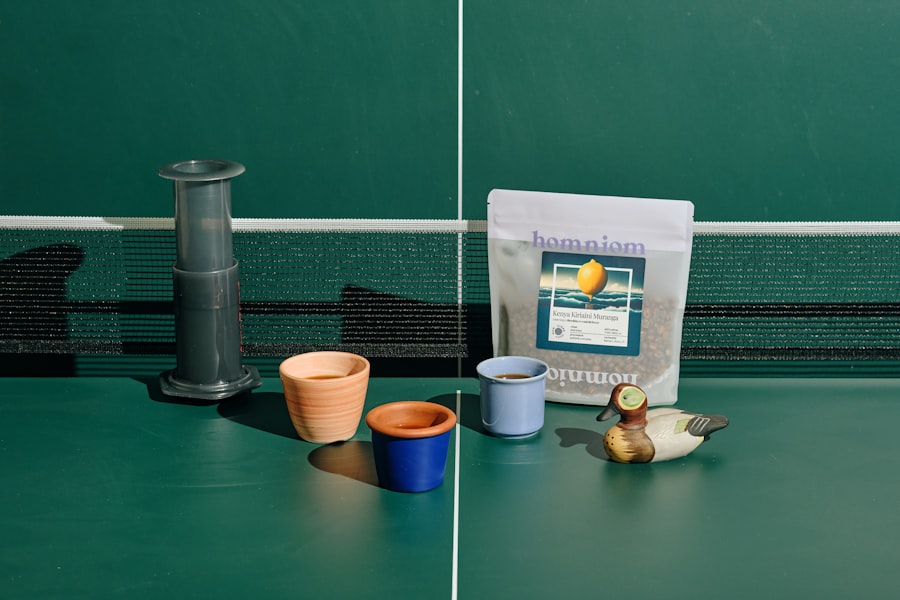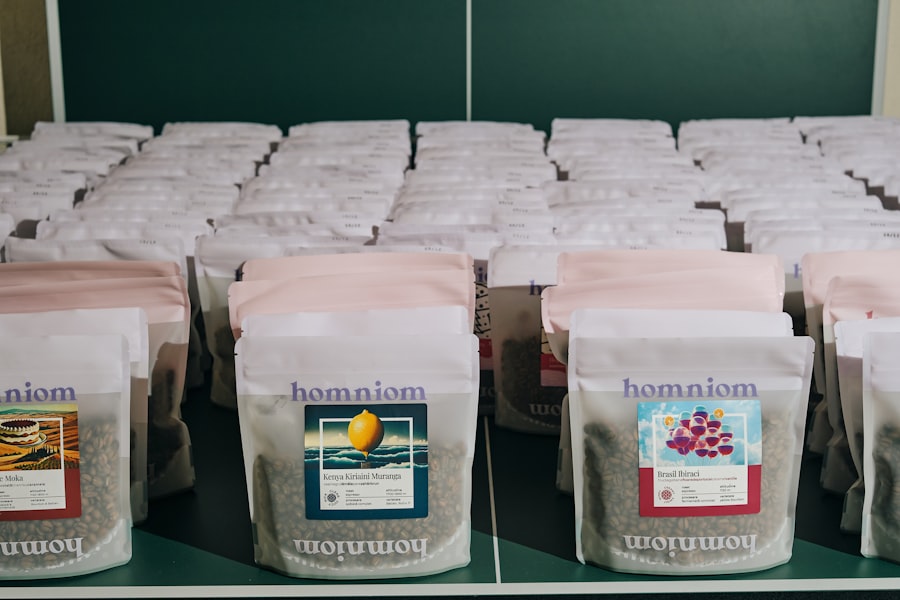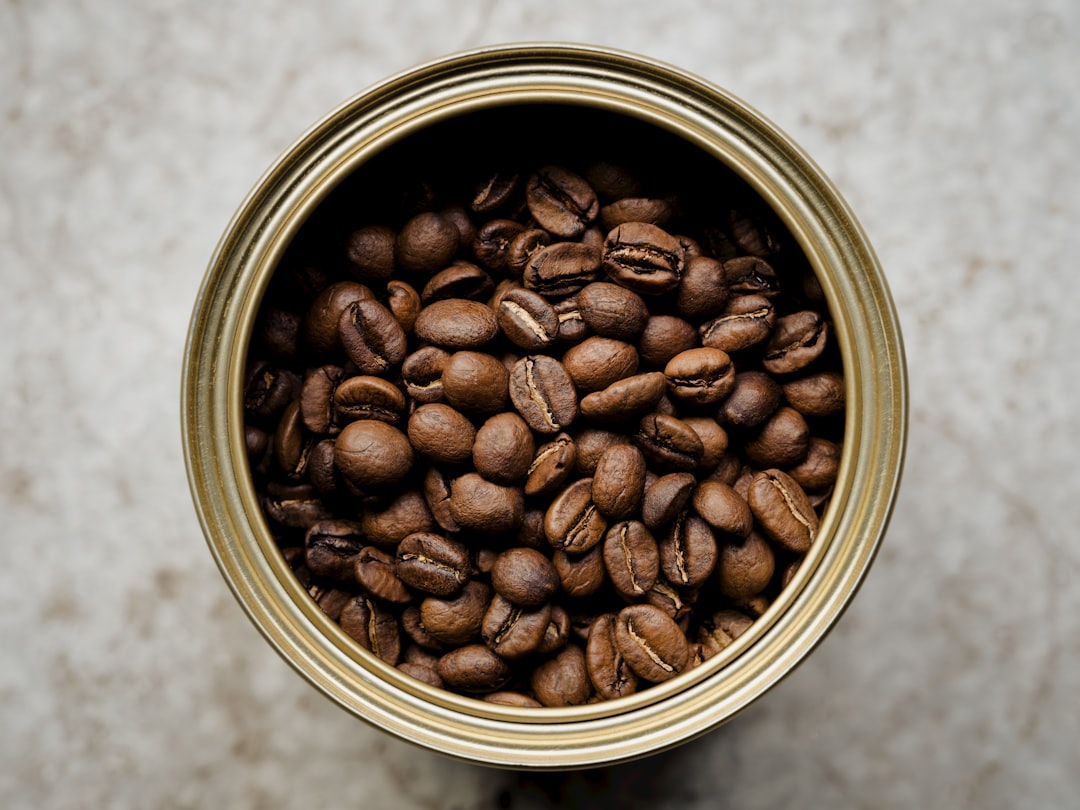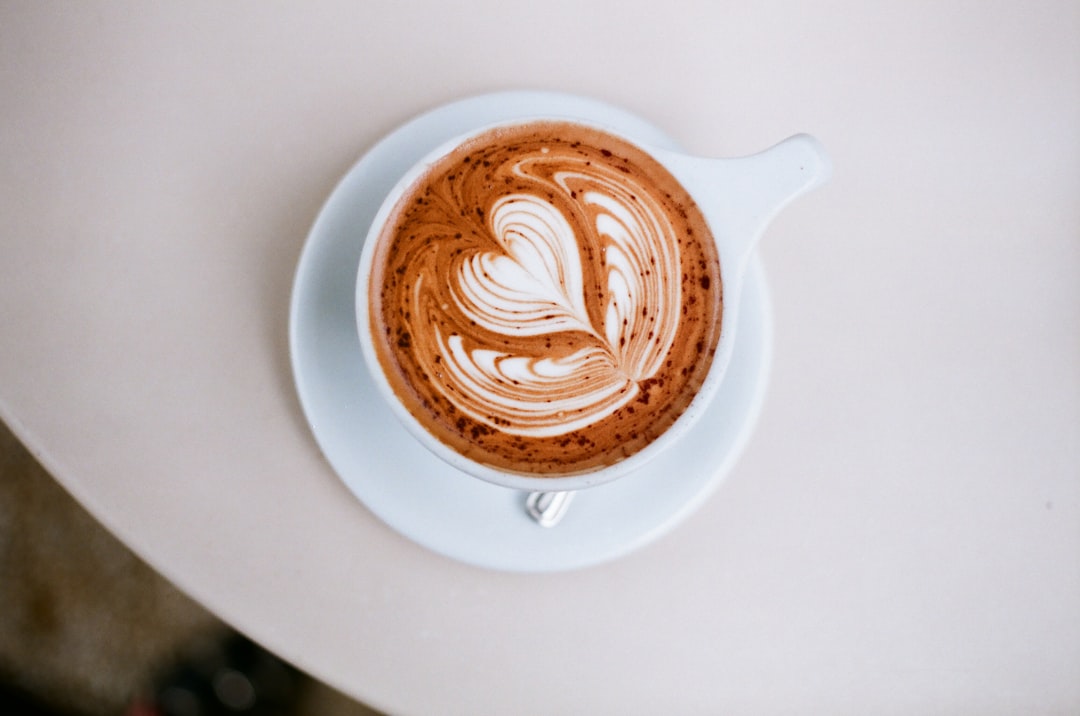Specialty coffee represents a significant evolution in the coffee industry, characterized by its emphasis on quality, sustainability, and unique flavor profiles.
This grading system evaluates various factors, including aroma, flavor, acidity, body, and aftertaste.
Specialty coffee is often sourced from specific regions known for their unique growing conditions, such as Ethiopia, Colombia, and Guatemala. These regions produce beans that reflect the terroir—essentially the environmental factors that influence the taste of the coffee. The journey of specialty coffee begins at the farm, where meticulous care is taken in cultivation and harvesting.
Farmers often employ sustainable practices, such as shade-grown cultivation and organic farming methods, to enhance the quality of their beans while preserving the environment. After harvesting, the beans undergo various processing methods—such as washed, natural, or honey processing—that further influence their flavor profiles. This attention to detail continues through the supply chain, where roasters play a crucial role in developing the beans’ full potential.
By carefully controlling roasting times and temperatures, they can highlight the unique characteristics of each batch, resulting in a cup of coffee that tells a story of its origin.
Key Takeaways
- Specialty coffee is known for its high quality, unique flavors, and meticulous production process, making it a favorite among coffee enthusiasts.
- When choosing the right coffee beans, consider factors such as origin, roast level, and flavor profile to find the perfect match for your preferences.
- Grinding your coffee to perfection involves finding the right grind size and consistency to achieve the ideal extraction during brewing.
- The importance of water quality cannot be overstated, as it can greatly impact the taste and aroma of your specialty coffee.
- Mastering the pour-over method requires attention to detail, such as water temperature, pouring technique, and brew time, to achieve a balanced and flavorful cup of coffee.
Choosing the Right Coffee Beans
Selecting the right coffee beans is fundamental to crafting an exceptional cup of specialty coffee. The first step in this process is understanding the different types of coffee beans available. The two most common varieties are Arabica and Robusta.
Arabica beans are generally considered superior due to their complex flavors and aromatic qualities. They thrive at higher altitudes and are more susceptible to pests and diseases, which often results in a higher price point. In contrast, Robusta beans are hardier and contain more caffeine but tend to have a more bitter taste profile.
For those seeking a nuanced and flavorful experience, Arabica is typically the preferred choice. When choosing coffee beans, it’s essential to consider factors such as roast date and origin. Freshness is key; coffee beans begin to lose their flavor shortly after roasting.
Ideally, you should purchase beans that have been roasted within the last two weeks for optimal taste. Additionally, exploring single-origin coffees can provide a unique tasting experience. Each region imparts distinct flavors based on its climate, soil composition, and processing methods.
For instance, Ethiopian coffees are often celebrated for their fruity and floral notes, while Colombian coffees may exhibit a balanced sweetness with hints of caramel. By experimenting with different origins and roast profiles, you can discover your personal preferences and expand your palate.
Grinding Your Coffee to Perfection

The grind size of your coffee beans plays a pivotal role in determining the final flavor of your brew. The extraction process—the way water interacts with coffee grounds—varies significantly based on grind size. A finer grind increases the surface area exposed to water, leading to faster extraction, while a coarser grind slows down the process.
For instance, espresso requires a fine grind to achieve its concentrated flavor within a short brewing time, whereas French press coffee benefits from a coarser grind that allows for longer steeping without over-extraction. Investing in a quality burr grinder is essential for achieving consistent grind sizes. Unlike blade grinders that can produce uneven particles, burr grinders crush the beans uniformly, ensuring an even extraction during brewing.
When grinding your coffee, it’s advisable to grind just before brewing to preserve freshness and flavor. Experimenting with different grind sizes can also help you fine-tune your brewing method; for example, if your coffee tastes bitter or over-extracted, try using a coarser grind. Conversely, if it tastes weak or under-extracted, a finer grind may be necessary.
This attention to detail in grinding can significantly elevate your specialty coffee experience.
The Importance of Water Quality
| Water Quality Metric | Measurement |
|---|---|
| pH Level | 6.5 – 8.5 (ideal range) |
| Dissolved Oxygen | 5 – 9 mg/L (for aquatic life) |
| Turbidity | 0 – 5 NTU (for drinking water) |
| Nitrate Levels | Less than 10 mg/L (for drinking water) |
| Pathogen Contamination | Absence (for safe consumption) |
Water quality is often an overlooked aspect of brewing specialty coffee, yet it has a profound impact on flavor extraction. Since coffee is primarily composed of water—approximately 98%—the quality of that water can make or break your brew. Ideally, you should use filtered water that is free from impurities and contaminants that could alter the taste of your coffee.
Tap water can contain chlorine or other minerals that may impart undesirable flavors; therefore, using filtered or bottled water is recommended for optimal results. In addition to purity, the mineral content of water also plays a crucial role in flavor extraction. Water that is too soft may lead to under-extraction, resulting in a flat-tasting cup, while overly hard water can cause over-extraction and bitterness.
The ideal water for brewing specialty coffee should have a balanced mineral content—specifically calcium and magnesium—that enhances flavor without overpowering it. Many specialty coffee enthusiasts invest in water testing kits or use specific recipes for brewing water to ensure they achieve the best possible extraction from their beans.
Mastering the Pour-Over Method
The pour-over method has gained immense popularity among coffee aficionados for its ability to produce a clean and flavorful cup of coffee. This manual brewing technique allows for precise control over variables such as water temperature, flow rate, and extraction time. To master pour-over brewing, you’ll need a few essential tools: a pour-over dripper (such as a Hario V60 or Chemex), paper filters, a kettle (preferably with a gooseneck spout for precision), and freshly ground coffee.
To begin the pour-over process, start by measuring out your coffee-to-water ratio; a common starting point is 1:15 (one gram of coffee for every 15 grams of water). After placing the filter in the dripper and rinsing it with hot water to eliminate any paper taste, add your ground coffee to the filter. Begin by pouring just enough hot water (around 200°F) to saturate the grounds evenly—this is known as blooming—and let it sit for about 30 seconds.
This step allows carbon dioxide to escape from the freshly ground coffee, enhancing flavor extraction during the subsequent pours. After blooming, continue pouring water in a slow and controlled manner in circular motions to ensure even saturation of the grounds. The total brew time should be around three to four minutes for optimal extraction.
As you practice this method, you can experiment with different grind sizes and pouring techniques to find what best suits your taste preferences.
Perfecting the French Press Technique

The French press is another beloved brewing method that offers rich flavors and full-bodied coffee due to its immersion brewing style. Unlike pour-over methods that rely on gravity, the French press allows coffee grounds to steep directly in hot water before being separated by pressing down a metal or plastic plunger through a mesh filter. This technique captures essential oils and fine particles from the coffee grounds, resulting in a robust cup.
To brew with a French press, start by coarsely grinding your coffee beans—aim for a consistency similar to breadcrumbs. A typical ratio is 1:12 (one gram of coffee for every 12 grams of water). After adding the ground coffee to the French press, pour hot water (around 200°F) over the grounds and stir gently to ensure all grounds are saturated.
Place the lid on the French press without pressing down the plunger yet and let it steep for about four minutes. After steeping, slowly press down the plunger to separate the grounds from the brewed coffee. It’s important not to rush this step; pressing too quickly can cause hot liquid to spill over or result in sediment in your cup.
Once pressed, pour your freshly brewed French press coffee into your favorite mug and enjoy its rich flavors and aromas. As with other brewing methods, feel free to experiment with steeping times and ratios until you find your perfect brew.
Exploring the AeroPress Method
The AeroPress has emerged as a favorite among travelers and home brewers alike due to its compact design and versatility in brewing methods. This innovative device uses air pressure to push hot water through coffee grounds, resulting in a concentrated brew similar to espresso or a smooth cup akin to pour-over coffee depending on how it’s used. The AeroPress is particularly appealing because it allows for experimentation with various brewing techniques.
To get started with an AeroPress, you’ll need finely ground coffee—similar to table salt—for optimal extraction. A common starting ratio is 1:15 (one gram of coffee for every 15 grams of water).
Add your ground coffee into the chamber and pour hot water (around 200°F) over it until you reach your desired level. After stirring gently for about ten seconds to ensure even saturation of the grounds, attach the cap securely and flip the AeroPress over onto your mug or server. Press down slowly but firmly on the plunger until all liquid has been extracted—this should take about 20-30 seconds.
The result is a rich and flavorful cup of coffee that can be enjoyed black or with milk or cream added according to preference.
Embracing the Cold Brew Process
Cold brew coffee has gained popularity for its smoothness and low acidity compared to traditional hot-brewed methods. The cold brew process involves steeping coarsely ground coffee in cold or room temperature water for an extended period—typically 12-24 hours—resulting in a refreshing beverage that can be enjoyed over ice or diluted with milk or water. To make cold brew at home, start by combining coarsely ground coffee with cold water at a ratio of about 1:4 (one part coffee to four parts water).
Stir gently to ensure all grounds are saturated before covering the container and letting it steep in the refrigerator or at room temperature for 12-24 hours depending on your taste preference. After steeping, strain the mixture through a fine mesh sieve or cheesecloth to separate the grounds from the liquid. The resulting cold brew concentrate can be diluted with additional water or milk before serving over ice or stored in the refrigerator for up to two weeks.
Cold brew’s naturally sweet flavor profile makes it an excellent base for various iced beverages or cocktails during warmer months.
Enhancing Your Coffee with Alternative Milk Options
As dietary preferences evolve, many people are exploring alternative milk options that complement their specialty coffee without compromising flavor or texture. Plant-based milks such as almond milk, oat milk, soy milk, coconut milk, and cashew milk have become increasingly popular due to their unique flavors and varying nutritional profiles. Oat milk has emerged as one of the top choices among baristas due to its creamy texture and ability to froth well for lattes and cappuccinos.
Its naturally sweet flavor pairs beautifully with various coffees without overpowering them. Almond milk offers a nutty taste that works well with lighter roasts but may not froth as effectively as oat milk due to its lower fat content. When choosing an alternative milk option for your specialty coffee, consider both flavor compatibility and texture preferences based on your brewing method—whether you’re making espresso drinks or enjoying black coffee with added creaminess from plant-based options.
Experimenting with Flavorful Additions
Enhancing your specialty coffee experience can be an exciting journey into flavors beyond traditional creamers or sweeteners. Many enthusiasts enjoy experimenting with various additions such as spices (cinnamon or nutmeg), flavored syrups (vanilla or hazelnut), or even infusions like lavender or cardamom that can elevate their brews. For those who appreciate chocolatey notes in their coffee, adding cocoa powder or chocolate syrup can create an indulgent mocha experience without needing espresso shots from an espresso machine.
Alternatively, incorporating spices like cinnamon not only adds warmth but also offers potential health benefits due to its anti-inflammatory properties. Another popular trend involves infusing cold brew with fruits such as citrus slices or berries for refreshing summer beverages that highlight natural sweetness while providing visual appeal when served over ice.
Enjoying Your Specialty Coffee Experience
The journey into specialty coffee is not merely about brewing techniques; it encompasses an entire experience that engages all senses—from aroma to taste—and fosters appreciation for craftsmanship at every stage of production. Taking time to savor each sip allows you not only to enjoy delicious flavors but also connect with farmers who dedicate their lives cultivating these exceptional beans. Creating an inviting atmosphere enhances this experience further; consider setting up a dedicated space at home where you can explore different brewing methods while enjoying music or reading about various origins behind each cup you brew.
Engaging friends or family members in tastings can also foster community around shared interests while discovering new favorites together. Ultimately embracing specialty coffee means celebrating diversity within this beloved beverage—from bean selection through preparation techniques—to create memorable moments filled with rich flavors that resonate long after each cup has been enjoyed.
FAQs
What is specialty coffee?
Specialty coffee refers to high-quality coffee that is graded and sourced from specific regions known for producing exceptional coffee beans. It often involves a focus on the unique flavors, aromas, and characteristics of the coffee beans.
Do I need expensive equipment to brew specialty coffee at home?
No, you do not necessarily need expensive equipment to brew specialty coffee at home. There are various brewing methods and techniques that can be used with affordable equipment to achieve a high-quality cup of specialty coffee.
What are some affordable brewing methods for specialty coffee at home?
Some affordable brewing methods for specialty coffee at home include pour-over, French press, AeroPress, and cold brew. These methods can produce excellent results without the need for expensive equipment.
What factors contribute to brewing high-quality specialty coffee at home?
Factors that contribute to brewing high-quality specialty coffee at home include using freshly roasted and properly ground coffee beans, maintaining the right water temperature, and following proper brewing techniques for the chosen method.
Can I achieve the same quality as a specialty coffee shop at home?
While it may be challenging to replicate the exact quality of specialty coffee shops at home, it is possible to brew high-quality specialty coffee with the right techniques and attention to detail. Experimenting with different brewing methods and adjusting variables can help achieve a satisfying cup of specialty coffee at home.


